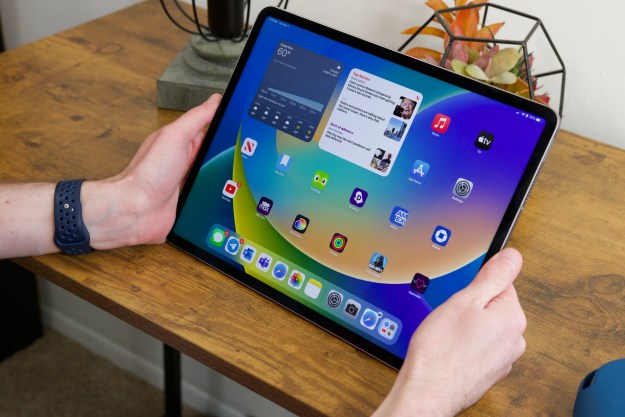
There’s just one problem: It’s a native app. That means that if you live in a house divided — with some iPhone-havers and other Android users — only the Apple fans will benefit from this upgrade. It makes some sense, as Siri is supposed to turn on your lights when you ask her, and you can’t do that from your Samsung phone. But it also causes some problems.
Apple suggests households with both iOS and Android phones use an iPad or iPod Touch as the master device to control all the HomeKit products. (It said the same thing regarding the homes builders are erecting with preinstalled HomeKit devices.) You could probably stick an old (but not too old — your first-generation can’t update to iOS 10) iPad on the wall, but then
If Android users have the Philips Hue or August smart lock app on their phone, then they can still get a similar piecemeal solution HomeKit users have been dealing with this whole time. But what about when the First Alert HomeKit smoke detector starts blaring because you burned the toast? There’s only an iOS app for that particular device, so you’ll have to shut it down the old-fashioned way. That may not be a deal-breaker, but one big draw of having a connected smoke alarm is the piece of mind that comes with getting an alert should the device detect smoke when you’re away from home.
With the promise of those 100 new products coming soon, it’s clear manufacturers are still lining up to create devices that work with HomeKit. Good news for those who want to invest in an Apple-run home — as long as everyone in the household agrees iOS is where it’s at.
Editors' Recommendations
- How to save text messages on iPhone and Android
- New Yale Assure Lock 2 models get fingerprint scanner, support for Apple Home keys
- What is Apple HomeKit?
- Are smart lights bulbs worth it?
- Aqara launches U100 smart lock with full Apple HomeKit support


